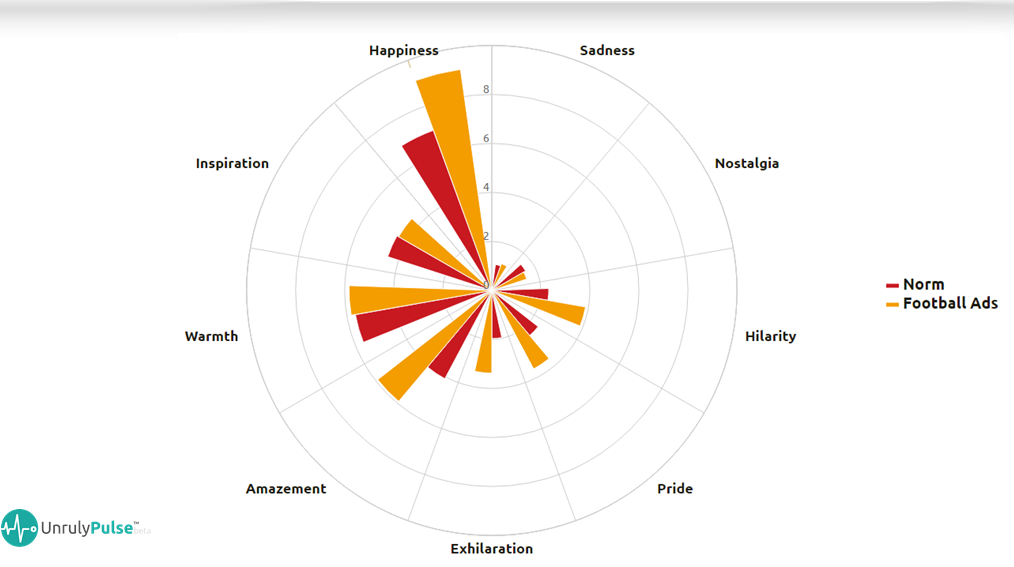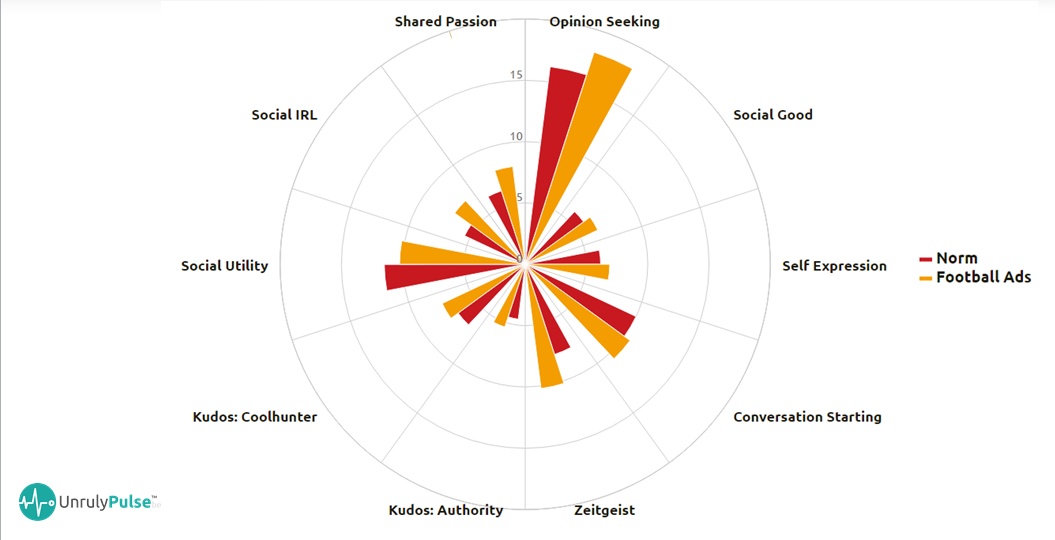What are the most shared football ads of all time?
European Football Championship starts in France and both advertisers and football fans are surrounded by relevant ads, featuring football stars, teams, or even everyday fans, trying to create new viral ads that everyone will love.
It’s not easy to grab the attention of a demanding football fan and not every ad applies the same tactics of appeal, but there are still some interesting observations to notice.
Unruly has released new data right before the start of Euro 2016, using Unruly Pulse to analyze the emotions of football ads and how the most shared ones stand out from the rest.
Here are the most interesting insights:
Nike dominates in football advertising
Nike is investing in football advertising featuring the biggest football stars and there’s no surprise that it has produced half of the top 10.
Nike’s marketing strategy is its tendency to motivate and impress people, and it’s quite common for the brand to invite big stars to be part of the ads.
Laughter and pride
It has been observed that the average football ad is twice as likely to make UK viewers laugh or feel proud, compared to the average ad.
What’s more, football ads are 50% more likely to make us feel exhilarated and amazed, while they are 29% more likely to make us feel happy. Sadness and nostalgia don’t seem to be common emotions in football ads, as ‘sadvertising‘ don’t seem to work well in this field.

football advertising
Men share more football ads
It seems that men are more likely to share football ads, either to look good in front of their mates (80%), to get the opinion of others (75%), or even to get a conversation started (50%).
There is a bigger social motivation for them to share a football ad comparing to any other ad and this probably derives from their passion for the sport and anything related to it.

football advertising
Virality doesn’t always favor the brand sentiment
Activia’s “La La La” is the most shared ad of all time, gaining 6.1 million shares since its launch before the World Cup of 2014. The ad was run in collaboration with the World Food Programme, while it featured Shakira, Carlinhos Brown, and many football stars.
Despite the ad’s popularity, 13% of viewers admitted that they had a worse opinion about the brand after the ad, while 63% of them felt that the ad had no effect to favor their opinion about the brand. Only 24% of the consumers felt better about the brand after the ad, which proves that an ad’s popularity can’t guarantee successful brand awareness.
Almost 25% of the viewers admitted that they were confused while watching the ad, as it seemed to combine advertising with a music video, a good cause and the promotion of the world cup along with the yogurt.
End/ Content Links